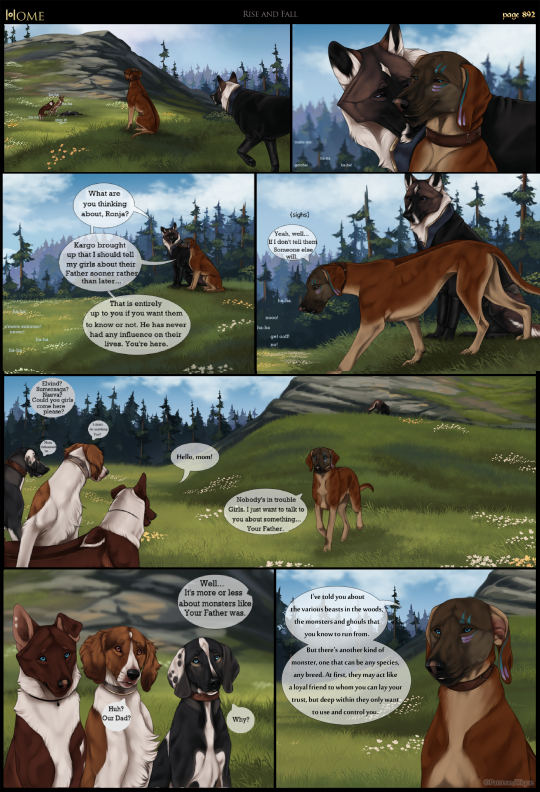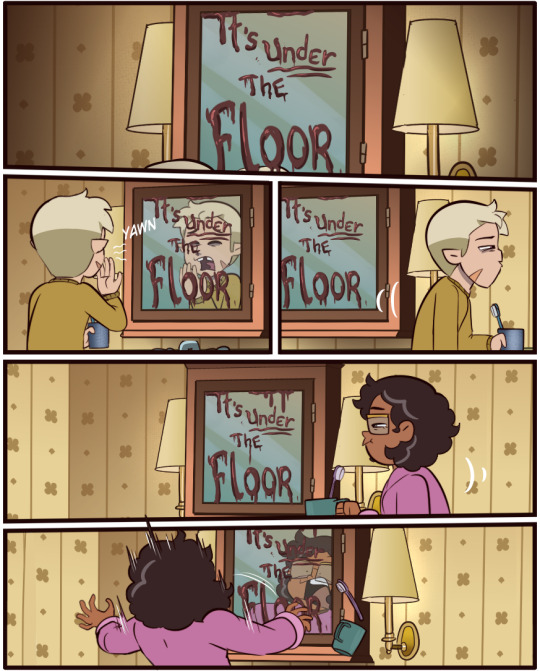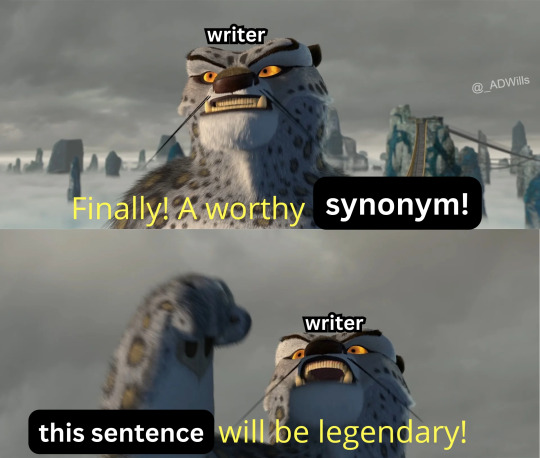FF.net: [Dreaming-Paradise] Ao3: [DreamingParadise14] | | F | Writer | Multifandom/Multishipper |
Don't wanna be here? Send us removal request.
Text
this is what I think Mira and Zoey would be like after finding out what Rumi asked Celine to do after the idol awards.
constantly worried and paranoid. (they get over it after some time)



bonus:


2K notes
·
View notes
Text








[‼️slight spoiler warning‼️]
post-movie sappy comic of huntrix adapting to rumi’s new form 💖💖💖✨
18K notes
·
View notes
Text



this has probably been done before, but i also wanted to get this idea out of my head.
I believe Rumi never got a hug from Celine, and Mira and Zoey were the first to show her physical affection and I will die on that hill.
Patreon | Instagram
16K notes
·
View notes
Note
Can we have Ruby putting her cloak over a sleeping Weiss' shoulders and kissing her goodnight?







she knows >:3<
2K notes
·
View notes
Text

something familiar for @whatlurksbean
783 notes
·
View notes
Text

WhiteRose Doodles
Side note: (I don’t have a consistent art style….oh well) also I like drawing Ruby happy :)
582 notes
·
View notes
Text
Steps to Write a Genuine Platonic Relationship

1. Establish the Foundation
Define Their Connection: Decide what brings these characters together—shared history, common interests, or a deep emotional understanding.
Set Boundaries: Clarify from the start that their relationship is non-romantic, avoiding any lingering tension that could be misread as attraction.
Give Them Complementary Strengths: Show how they support and challenge each other without romantic implications, emphasizing mutual respect.
2. Shape Their Role in the Story
Decide Their Impact: Determine how their bond influences the plot—do they solve problems together, serve as each other’s moral compass, or push each other toward growth?
Avoid Romantic Clichés: Refrain from using traditional romantic tropes like longing glances, accidental physical tension, or excessive jealousy.
Show Their Value Beyond Love: Let their relationship be crucial to the story in a way that isn’t reliant on romance or tension.
3. Build Their Dynamic
Use Natural Banter: Let them have inside jokes, tease each other, or share moments of camaraderie without any romantic undertones.
Create Moments of Deep Understanding: Show how they confide in one another in ways they wouldn’t with others, reinforcing their trust and emotional closeness.
Let Them Have Other Romantic Interests: This solidifies that their bond isn’t about unspoken attraction, making it clear that romance isn’t lurking in the background.
4. Define Their Chemistry
Make Their Interactions Unique: Ensure they have a specific energy that distinguishes their bond from romantic connections in the story.
Emphasize Loyalty Over Possessiveness: They can care deeply about each other without feelings of possessiveness or unresolved tension.
Show Physical Comfort Without Romance: Casual, platonic touch like a ruffling of hair, a side hug, or a reassuring pat on the back can reinforce their connection without romantic connotations.
5. Demonstrate Their Impact on Each Other
Let Them Grow Together: Show how they influence each other’s decisions, ambitions, or emotional development without needing romance as a motivator.
Create High-Stakes Moments: Put them in situations where they rely on each other, proving their bond is just as deep as any romantic relationship.
Allow Conflicts Without Romantic Resolution: If they fight, let their reconciliation stem from their friendship and values rather than an underlying romantic interest.
6. Develop a Satisfying Arc
Decide Their Long-Term Dynamic: Whether they remain lifelong friends, drift apart naturally, or take different paths, ensure their bond leaves a lasting impact.
Showcase Their Relationship’s Meaning: Highlight how their connection was vital to their growth, reinforcing the importance of strong, platonic love.
Avoid Unnecessary Romantic Subtext: Let them stand as proof that deep, meaningful relationships don’t need romance to be powerful.
Examples of Strong Platonic Relationships
1. Film/TV Examples
Frodo & Sam (The Lord of the Rings): A loyal, emotional bond built on trust and shared hardship.
Robin & Steve (Stranger Things): A brother-sister-like friendship that develops beyond a possible hetero-romance.
Steve Rogers & Bucky Barnes (Captain America): Sibling-like love based on support, teasing, and mutual admiration.
2. Literature Examples
Duke the Guarder & Dawn Demiss (The Guardians of Camoria series): A deep friendship based on emotional intellect, trust, and shared insecurities.
Jo March & Laurie (Little Women, after rejection): A lifelong friendship that remains strong despite romantic expectations.
Harry Potter & Hermione Granger (Harry Potter series): A close friendship built on trust, emotional support, and respect without romantic tension.

Follow || Like || Comment || Repost || My Novel
thank you @celestialgarden23 for the request :)
3K notes
·
View notes
Text

Me at 14 and me at 22 are having a bonding moment
63K notes
·
View notes
Text
25K notes
·
View notes
Text
Uploading what I have missed from the most recent public pages, starting off where we left with the Marduk conversation. Changes: Naeva's reason for being upset with Ronja about Ranach is NOT because Ronja wants to kill Ranach. It is because Kargo is/was a killer, and he isn't a bad dog. Her Uncle Rogio also told her that Ranach is not a bad dog deep down, because where have we EVER seen that Ranach abused Rogio??? So, Naeva is upset because if Kargo isn't bad, then why should she believe Ranach is? I also erased the whole "I understand" shit... Anyway, the next change is Ruette NOT being your typical pretty poodle. She is Lykenia's second in command for a reason. I removed the whole "Ranach is smart!" praise, obviously...






15 notes
·
View notes










